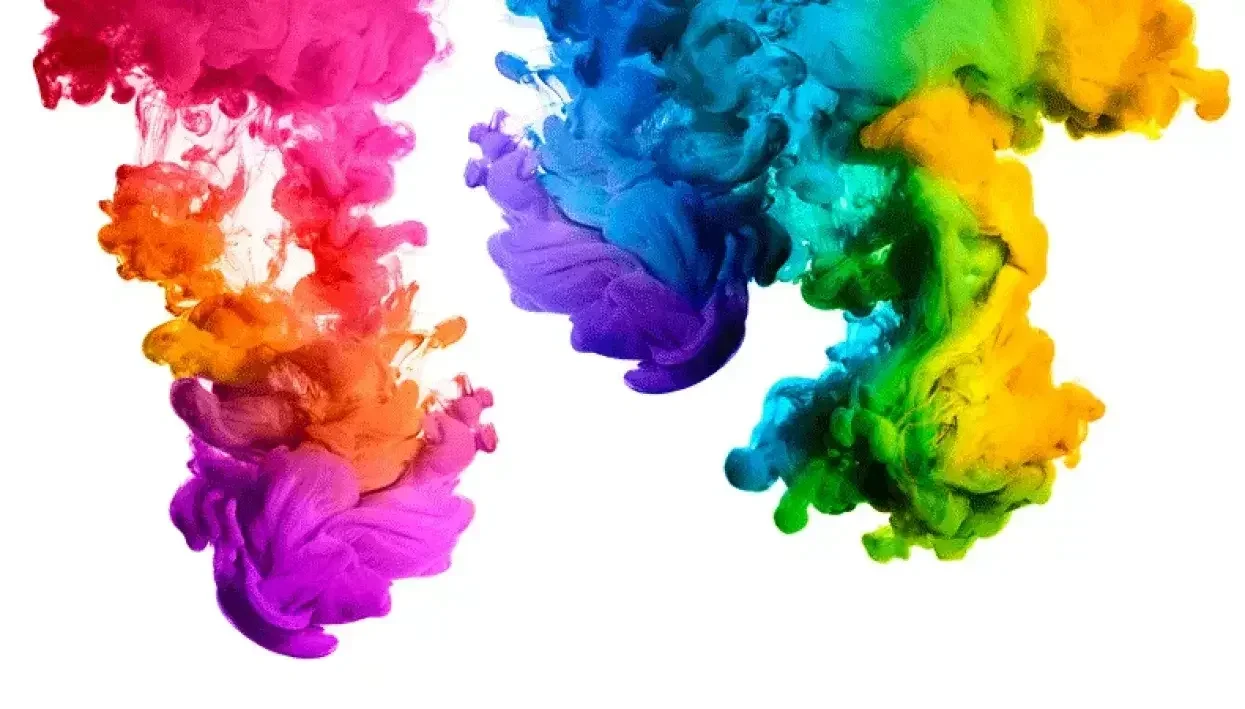Colour Management
How to achieve perfect colour management on multiple substrates
Author
FESPA Staff
Published Date
23/03/2020
Become a FESPA Member
to Continue Reading
